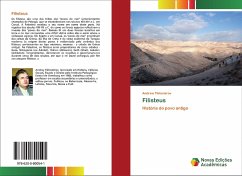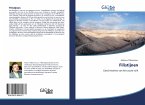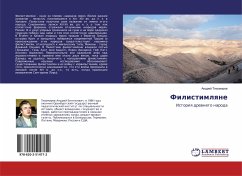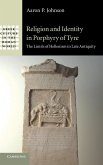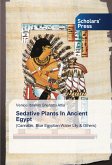The Philistines is one of the tribes of "sea peoples" (earlier called the Pelasgi), which settled in the XIII-XIV centuries BC in Canaan. Palestine received its name on behalf of this people. There are records from the XIII-XII centuries BC of how the Egyptian pharaohs reflected the invasion of the "sea peoples": Ramses III in two fierce battles on land and at sea won a difficult victory over them and thus saved Egyptian civilization. In Egypt and Canaan "sea peoples" came from the shores of Greece, the island of Crete and the west coast of modern Turkey (the origin of these peoples is evidenced by the pottery of the Philistines, belonging to the Mycenaean type; Mycenae - the city of ancient Greece). In Palestine, the Philistines owned five cities - Gaza, Nitrogen (or Ashdot), Yekron (Akkaron), Geth (Ghat), Askalon (Ashkelon). Originally, they defeated the Israelites and ruled them for about two centuries until King David was able to end the Philistine attacks. Modern scientific research justifies the existence of the Philistines and their war with the Israelites, in addition, chronologically proved that this war took place in Canaan after XIV century BC.
Bitte wählen Sie Ihr Anliegen aus.
Rechnungen
Retourenschein anfordern
Bestellstatus
Storno


